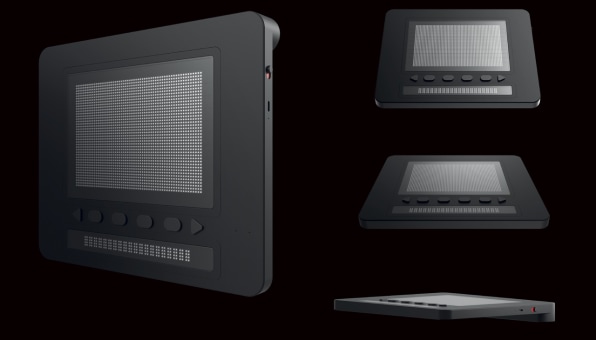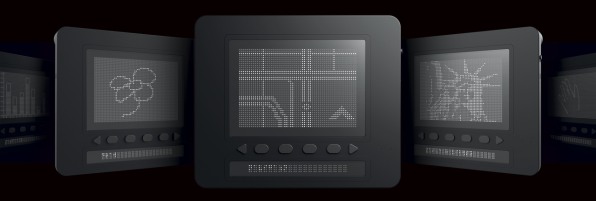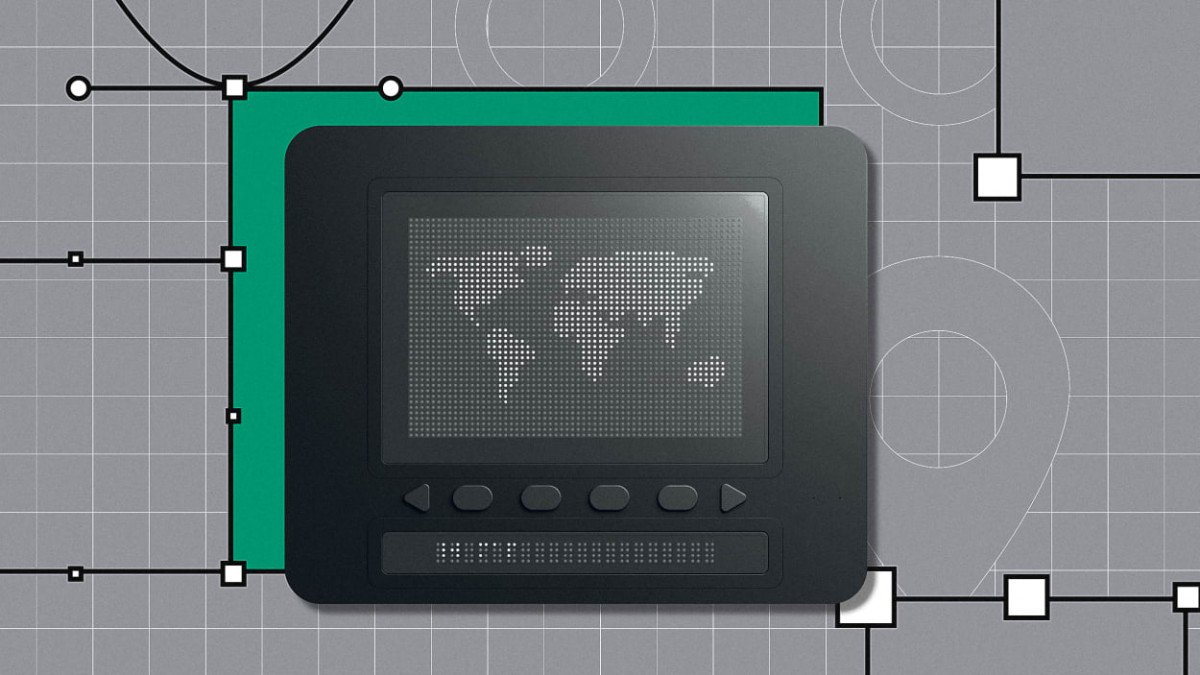PR/IR
News
News
- Date
- 2023.05.02 09:00
Dot is one of the winners of Fast Company’s 2023 World Changing Ideas Awards. Explore the full list of projects we’re honoring for making the world more equitable, accessible, and sustainable.
Some 365 million people worldwide are blind or severely visually impaired, according to the International Agency for the Prevention of Blindness. With communications becoming increasingly screen-based, 4.5% of the population is being left behind. Tactile books are expensive and limited, and audio descriptions, besides being indiscreet, fail to provide a lot of information.
Founded in Seoul in 2015, Dot has developed technology that creates a tactile graphics display for people who are visually impaired. Dot Pad, its latest release, is a tablet that can display any visual content from any source using its Dot Image Processing and actuator technology. This makes images tactile through 2,400 pins in a pixel-like grid that can be set up to form letters, shapes, and charts. Dot Pad is the winner of Fast Company’s World Changing Ideas Award in the Asia-Pacific category.

Launched in 2022, Dot Pad uses AI to analyze and segment digital images, and through a partnership with Apple, its technology integrates with iOS and iPadOS. The Dot Pad can be invoked with a gesture, showing whatever the highlighted item is on the screen.
There’s the potential for a range of uses, notably with graphs and charts that can be hard to represent visually. But this device could have particular salience for children who are visually impaired, since so much early learning is done with pictorial representations. As TechCrunch noted, “A child growing up with a visual impairment misses out on a lot, and being able to easily illustrate things like letters, shapes, and simple images others take for granted is potentially a game-changing addition to K-12 education.”

Before Dot Pad, Dot had successfully digitized text-to-Braille communications and launched products like a tactile smartwatch that sells for around $300—much closer to standard devices as opposed to those with “active” Braille technology that can be more expensive.
Dot Pad will be making its full launch this year, and the company’s partnerships with the University of California, Berkeley, Carnegie Mellon and McGill universities are aimed at ensuring the device is widely available and accessible. Dot also says it shares its technology with competitors so that tactile graphics can be incorporated more universally; the company’s ideal is that users with visual impairments won’t have to pay for the devices.


 Prev
Prev
 Next
Next









